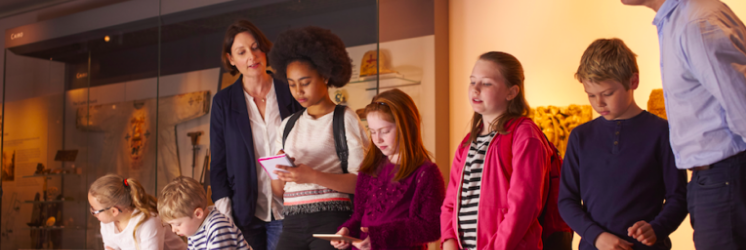Cultural organizations need to reach new audiences or they risk their long-term survival. Here's the data-informed cheat sheet on how to do it.
I am excited to have had the opportunity to recently speak at MuseumNext at its first stateside conference. My talk was called Inclusion or Irrelevance: The Data Behind The Urgent Need to Reach New Audiences. (Here's a link to a video of the talk.) And, indeed, that need is desperately urgent. Here's a strategic framework for how to do it.Why cultural organizations need to reach new audiences
At IMPACTS, I work...Never miss the latest read on industry data and analysis.
Already have an account? Sign In


